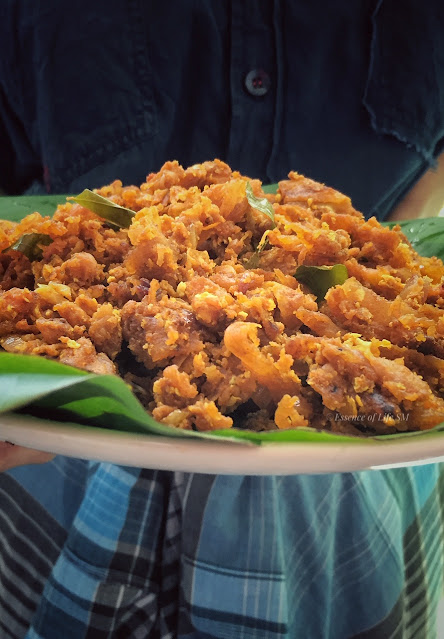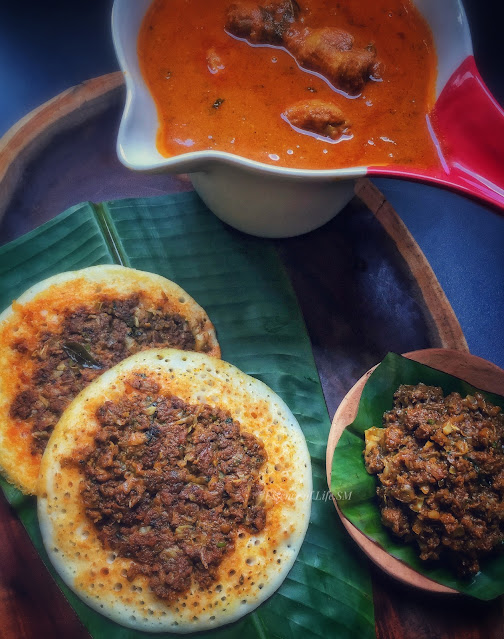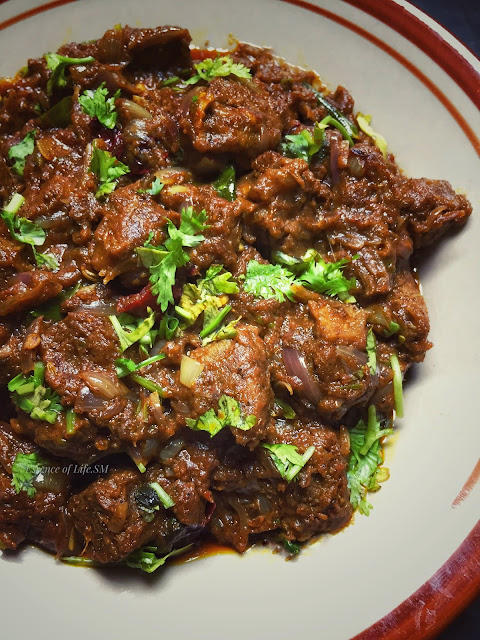Unveiling the Flavourful Kizhi ParottaKizhi Parotta: A Flavourful Fusion of Parotta and Curry Wrapped in Banana LeafIntroduction to Kizhi Parotta Kizhi Parotta is a delectable South Indian dish where layers of flaky Parottas are combined with rich curry, all wrapped in a banana leaf for a unique cooking...
KOTHU PAROTTA The truth is that I have never tasted a "KOTHU PAROTTA" from a street vendor. A dish which came into ...
December 14, 2020
No comments
MADURAI STYLE MUTTON KOTHU KARI MASALA Madurai known as a Temple & trading city, it has taken its sobriquet of ...
September 12, 2021
No comments
MADURAI KARI DOSAI "Sangam Valartha Madurai, Tamizh Valartha Madurai", Madurai just didn't embrace and encourage ...
September 16, 2021
No comments
Madurai Mutton Chukka VaruvalMadurai's Signature Dish: Authentic Mutton Chukka VaruvalSangam Valartha Madurai, Tamizh ...
May 10, 2021
No comments

























